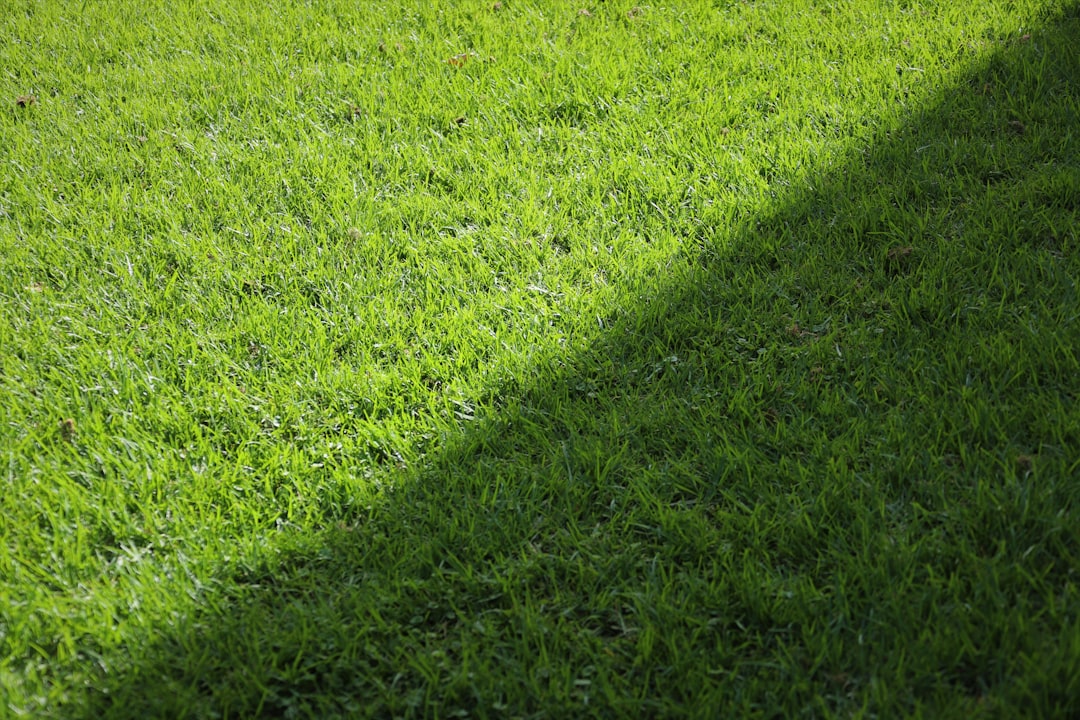The Secret to a Thriving Aloe Plant

Houseplants have become an integral part of many homes, bringing a touch of nature indoors and offering numerous benefits such as air purification and stress reduction. Among the various houseplants, the aloe plant stands out not only for its aesthetic appeal but also for its medicinal properties. However, one common issue that many aloe plant owners face is over - watering. But fear not, as with a few simple tweaks, you can revive an over - watered aloe plant and keep it thriving for years.
First, let's understand why over - watering is such a problem for aloe plants. Aloe plants are succulents, which means they are adapted to survive in arid conditions. Their thick, fleshy leaves store water, allowing them to go for long periods without being watered. When an aloe plant is over - watered, the roots are constantly sitting in water, which can lead to root rot. Root rot is a serious condition that can eventually kill the plant if not addressed promptly.
So, how can you tell if your aloe plant is over - watered? One of the most obvious signs is the appearance of the leaves. Over - watered aloe leaves may become soft, mushy, and discolored. They may also start to droop or fall off. Another sign is the presence of a foul smell coming from the soil, which indicates the growth of harmful bacteria due to the excessive moisture.
If you suspect that your aloe plant is over - watered, the first step is to remove it from its pot. Gently shake off the excess soil from the roots and examine them closely. Healthy roots should be firm and white, while rotting roots will be brown or black and mushy. Use a sharp, clean pair of scissors or pruning shears to cut away any rotting roots. Make sure to sterilize the tools before and after use to prevent the spread of disease.
After trimming the roots, allow the plant to dry out for a few days. Place it in a warm, dry location with good air circulation. This will help the cut roots to callus over, which is essential for preventing further infection. While the plant is drying, you can also take the opportunity to inspect the pot. If the pot does not have proper drainage holes, it may be contributing to the over - watering problem. Consider repotting the aloe plant into a pot with drainage holes using a well - draining soil mix specifically designed for succulents.
Once the plant has dried out, it's time to repot it. Fill the new pot with the well - draining soil mix, leaving enough space for the roots. Place the aloe plant in the pot and gently fill in the remaining space with soil, making sure not to pack it too tightly. Water the plant lightly after repotting, but be careful not to over - water it again. A good rule of thumb is to wait until the soil is completely dry before watering the aloe plant again.
In addition to reviving an over - watered aloe plant, there are several tips you can follow to keep your aloe thriving for years. Aloe plants prefer bright, indirect sunlight. Place your aloe plant near a window where it can receive plenty of light, but avoid direct sunlight, which can scorch the leaves. If you don't have a suitable window, you can also use artificial grow lights to provide the necessary light.
Another important aspect of caring for aloe plants is fertilizing. Aloe plants do not require a lot of fertilizer, but a light application of a balanced, water - soluble fertilizer once or twice a year can help promote healthy growth. Make sure to follow the instructions on the fertilizer package carefully to avoid over - fertilizing, which can also damage the plant.
Finally, keep an eye out for pests and diseases. Common pests that can affect aloe plants include mealybugs, spider mites, and scale insects. If you notice any signs of pests, such as small white cottony masses or tiny webs on the leaves, you can use an insecticidal soap or neem oil to treat the plant. Regularly inspecting your aloe plant for pests and diseases can help you catch any problems early and take appropriate action.
In conclusion, with a little knowledge and care, you can easily revive an over - watered aloe plant and keep it thriving for years. By understanding the needs of your aloe plant and following these tips, you can enjoy the beauty and benefits of this wonderful houseplant in your home.